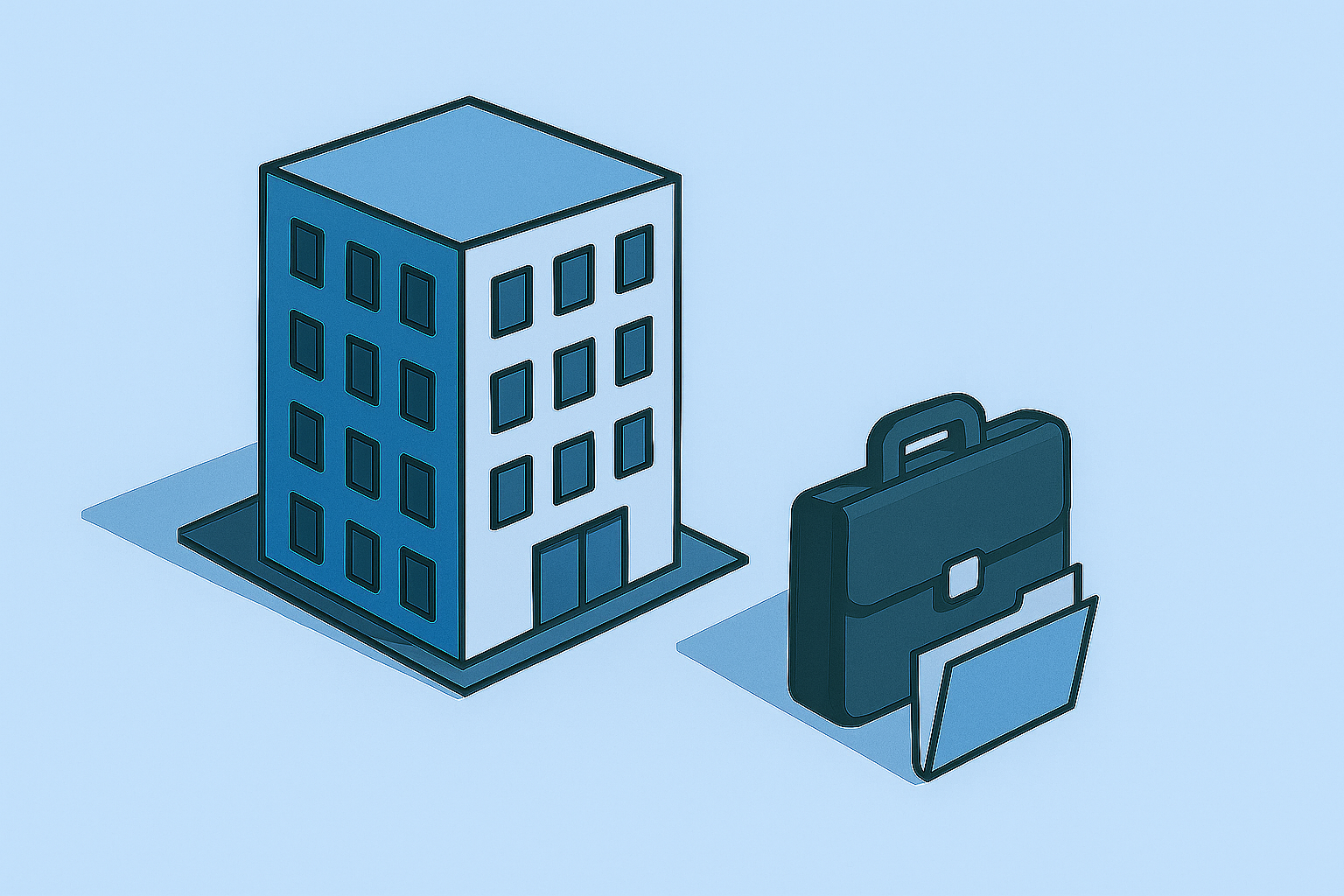Copyright forbes

The U.S. housing market is currently in a paradoxical state. On one hand, there’s a significant demand backlog driven by millions of Americans in need of homes and decades of underbuilding. On the other hand, the usual mechanisms that convert this demand into actual home closings are stalled. Home sales are currently the lowest they’ve been in over 30 years! Mortgage rates have yet to come down meaningfully for it to make sense for homeowners to truly consider a move and the construction labor market has seen better days as it grapples with a low supply of workers and a surge in input costs. The affordability of the white picket fence is increasingly being criticized by young professionals, meaning the rental market is not just for Americans on the move. For prospective homebuyers, homebuilders, and investors this creates a landscape that appears ripe with opportunity but demands caution in practice. Interest Rates Impact Housing Affordability Mortgage rates remain one of the most pivotal factors in housing affordability. Following the ultra-low rates of the post-pandemic era, the market has shifted to higher levels, though they've eased slightly recently. According to Freddie Mac data, the average 30-year fixed mortgage rate stood at 6.27% as of mid-October 2025. A decade of near-zero interest rates after the Great Financial Crisis had allowed developers and investors to leverage extensively for favorable cap rates. Nonetheless, new starts didn’t necessarily surge relative to the broader reappearance in aggregate demand. More regulatory hurdles and financial constraints also made it hard for homebuilders to take advantage of the near zero rates. Fast forward a few years and interest rates again throw a wrench in the system; after low Covid era interest rates initially stoked demand, the rapid rate hikes in 2022 crushed affordability and created a lot of grid lock in the housing system. Newly high rates discouraged sellers from listing their homes as a comparable refinance rate was so much higher. So housing supply dropped. At the same time, higher rates have made purchasing a house more expensive - so demand is down too. The recent decline in rates should be supportive for the housing market, at least on the surface. This is visible with builder sentiment rising to its highest level in six months. Yet, the degree to which rates have dropped may not be substantial enough. Many homeowners secured sub-4% rates during the pandemic and are reluctant to move and refinance just because of an extra 25 basis point reduction in mortgage rates. Absent sellers coming into the market and new supply coming online, lowering rates could just serve to push home prices even higher as buyers potentially come back into the market. Moreover, affordability must be viewed holistically: while current rates aren't historically extreme, persistent inflation is curbing discretionary spending, making mortgage payments more burdensome for American consumers. MORE FOR YOU New house being built (Photo by Simon Turner/Construction Photography/Avalon/Getty Images) Getty Images Why Is Building New Homes So Expensive? The homebuilding industry faces persistent structural challenges that hinder supply growth. Top of mind currently is a shortage of skilled construction labor. A joint study by the Home Builders Institute (HBI) and the National Association of Home Builders (NAHB) estimates that this labor shortage cost the single-family sector over $8 billion in lost production in 2024 alone, while delaying construction times by an average of almost 2 months. Even more notably is that immigrant labor constitutes a significant portion of the construction workforce. Large-scale deportations can exacerbate already existing shortages, leading to sharp increases in labor costs. Removing thousands of workers can slow construction projects and reduce output by millions of jobs - affecting both immigrants and U.S.-born workers while driving up home prices. Additionally, land use regulations continue to make homebuilding more burdensome. And this isn’t a national problem – it’s a local problem which makes it even harder to address at scale. This is likely not talked about enough – when we struggle to create new homes for people to live in, an entire generation of workers can become priced out of new job opportunities and innovation can stall. Ample housing is necessary to enable relocation in our country and eliminate frictions for our workforce to move about freely. However, this is easier said than done. NIMBY (“Not In My Backyard”) forces actively resist efforts to make housing more affordable, driven by one fundamental motivation: scarcity. Homeowners know that the value of their property depends largely on the supply of homes in their neighborhood. While zoning reform sounds promising, it is a complex challenge that is likely to persist for many years. And we can’t forget about inflation. Homebuilders face rising input costs like lumber, concrete, and steel, and it doesn’t help that the current administration has placed tariffs on goods coming from our next-door neighbors like Canada and Mexico. The vast majority of U.S. lumber imports come from Canada, while Mexico is a leading exporter of lime and gypsum products used in drywall manufacturing. Homebuyers, on the other hand, have to deal with soaring homeowners' insurance premiums, which have surged nearly 70% since 2019. These rising insurance costs inflate total housing carrying expenses, erode affordability, and can even depress home values in disaster-prone areas like Florida and California. The overall impact: even as mortgage rates dip, other under-the-radar costs continue to rise, tightening buyer budgets. Combined with homebuilders' input and labor cost burdens, potential homebuyers are in a tough spot right now. Baby Boomers Impact The Housing Market Too Baby boomers dominate the housing market, owning approximately 40% of residential real estate. As a result, the U.S. housing stock is now skewed toward larger homes – a result of homebuilders catering to older folks upgrading houses throughout their life. Today, however, demand has shifted toward smaller starter homes like 2-bed/2-bath units favored by Gen Z renters transitioning to ownership. This mismatch is extremely important because it tests the theory that houses will become more affordable once baby boomer’s pass their homes off to the next generation of buyers – what if nobody wants those homes? This is where renovation will have to come into play to address the wrong kind of supply coming to market. The retail giants like Home Depot (HD) and Lowe’s (LOW) will continue to enable renovations and additions like smart home technology, insulation upgrades and kitchen tear downs and are poised to maintain their stronghold on the home improvement market. Worth considering is that baby boomers’ grip on supply in the U.S. will be compounded by advances in medical tech and AI-assisted home systems. The availability of human capital to serve this generation will also be critical. Staffing firms providing in-home skilled nursing, paired with AI, are likely to make staying in your home as you age more practical. This is paired with the fact that nursing home costs are becoming increasingly unaffordable – abundant demand for rooms paired with lack of supply is making access to high quality nursing homes expensive. Enabling our country’s senior citizens to “age-in-place” is a huge market for Big Tech firms like Apple (AAPL) – wearable tech and assistive access within their iOS has only served to make their lives easier and has plenty of runway to continue to scale. MIAMI, FLORIDA - DECEMBER 12: A "for rent" sign is posted in front of a home on December 12, 2023 in Miami, Florida. (Photo by Joe Raedle/Getty Images) Getty Images Hard to Argue Against Renting With homeownership increasingly unattainable for younger generations, renting has become the new norm. The old school American dream of buying a house after graduating college and starting a job is increasingly out of reach for younger workers. Delaying the first home purchase until after age 30 is not at all uncommon – meaning the renters market is more important than ever. When interest, taxes, insurance, and maintenance are all taken into account, owning is generally more expensive and time consuming than renting. Additionally, the opportunity cost from putting a down payment on a house can’t be ignored. For generations prioritizing their time and spending more on experiences, the homeownership lifestyle is becoming more out of style. This trend benefits consumer discretionary firms tailoring products to renters. Interior design services offering non-permanent customizations are in high demand. Stocks poised to benefit include furniture and home goods retailers like Wayfair (W), which offers affordable décor for temporary lifestyles. Additionally, rent-to-own specialists like Upbound Group (UPBD) could see upside as budget-conscious renters furnish without large upfront costs. These companies capitalize on renters' habits of prioritizing flexible, value-driven purchases over permanent investments. Another point of contention with the renting vs. owning debate has been private equity behemoths becoming more involved in the residential market. Wall Street buying up Main Street has been criticized extensively by Capitol Hill, but the share of single-family homes owned by companies like Blackstone (BX) is still relatively small. And while many might point to Wall Street as the main culprit for making suburban homes unaffordable, there are real benefits to offering homes for rent v. purchase. Enabling lower income families to rent in the suburbs gives their children better access to high quality schools and quality of life – key factors in determining future financial health and college graduation rates. Wrapping It Up Structurally, the U.S. housing market is undersupplied, and demographics point to long-term tailwinds for the sector. But higher borrowing costs, ownership burdens, and industry bottlenecks paint a cautious picture for prospective homebuyers. Investment potential endures, but it will demand discipline: the current landscape does not lend itself to the traditional path of becoming a homeowner anymore. Until supply sorts itself out, look for opportunities within America’s renting cohort and enabling technology. The story of housing being unaffordable in America did not happen overnight, and it will probably take years to fix. Editorial StandardsReprints & Permissions



